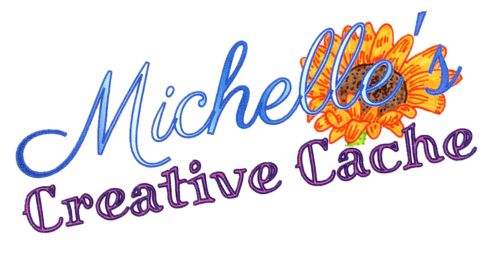Hello! How are you? What's new in your life?
I have been learning about Autism, ADHD and Anxiety since... oh wow, 2019. Let me explain-No- there is too much. Let me sum up. In the last 3 years I have gotten 4 out of my 5 children diagnosed with Autism, ADHD and Anxiety. (I stubborn resisted my mother's efforts to get my oldest diagnosed for too long, but live and learn.) They are all different in their needs so I am getting various forms of treatment curated specifically for each one. I have been humbled and grateful for God's grace in my life as I have become increasingly aware of what changes I can make to our environment, routines and procedures. In addition to this I was hired as a paraeducator to work in a special education classroom for preschool part-time and started child development classes as well to get a teaching certificate as well. To me this can only be God blessing me. It is too providential as it all works to benefit me in my goals to parent my children successfully.
So now with that amazingly concise and barely adequate summary I present to you a gift that hopefully can be used with your own children. I made it myself after one my recent ABA caregiver training sessions. I have to thank the book Atomic Habits for helping me see the value of 1% changes and my job for helping me practice on a daily basis and observe how environment, procedures and routines work together and my class for helping my brain pay attention to those details.
My success story that compels me to share this with you is that after years of my kids constantly trying to play together and never gaining the skills of how to resolve conflicts before they escalate into physical fighting this simple tool WORKED this morning.
I set it up by teaching each brother how to use it on Sunday and we practiced while they played on a video game with each other. Every 5 minutes I entered the room and showed the card and by the 4th time I didn't even have to speak. They paused and followed the procedure. By that time it was perfect because someone was getting bored and it was communicated effectively instead of leading to aggravation and escalating to acting out behaviors.
The pay off this morning was when they were supposed to be preparing to leave for school and there was back and forth antics that was getting less friendly and more onery. I tried to intervene verbally and was ignored. I thought of the pause button and ran to my room to grab it. I presented it quickly and immediately one brother asked "Are you having fun?" the other answered "no." I turned to the next and he asked the same and got the same answer. I turned to the oldest sibling who walks them to school and prompted the last question by pointing at it with my finger (gestural prompt) and he asked "What do you want to do next?" to which the answer redirected all the energy in the room to a positive proactive goal. Such a simple small victory was elating for a mom of 4 diagnosed kids on the spectrum.
Use ABA behavior skills training to set up using this tool. Here is how I typed up my plan to use it below:
Behavior Skills Training: How to use this visual aid
|
1. Prime for teaching |
In a couple minutes we are going to... |
|
2. Preference Assessment |
After this do you want to... |
|
3. Buy in |
This is something that will help you play with friends and have more fun, would you like that? |
|
4. Explain procedure |
While you are playing I am going to pause the game and ask you to check in with your partner using one of these questions |
|
5. Model |
We are going to practice together first. Model the desired behavior before asking the learner to practice with the teacher. |
|
6. Feedback |
Reinforce with praise for desired behavior first (Good try!/Good asking.) then correct any mistakes (Next time can you...?) |
|
7. Practice with peer |
Now we are going to practice it with... |
|
8. Feedback |
Praise and reminders for what the goal is (Good job! This will help when...) |
|
9. Reward |
Great work! Now you can... (give the reward that was decided in the preference assessment after they succeeded in the task) |
For my boys getting to play on a screen together was motivation for practicing the skill. I only took a minute to explain the procedure and then they started playing and we implemented it. It probably helped that we had already practiced BST with other social skills so it felt pretty seamless and natural to apply it here. I am making more today to have around the house at my finger tips where we play games at the kitchen table or living room. I plan to practice using it when they play outside and play board games as well in hopes of generalizing the skill.

